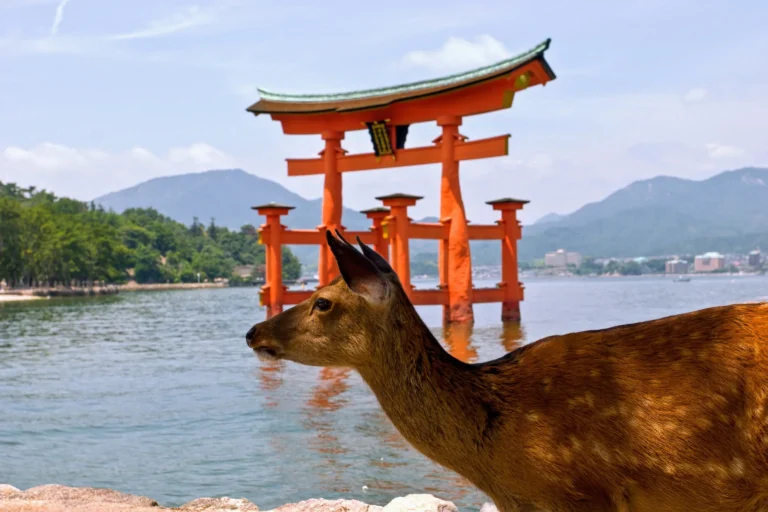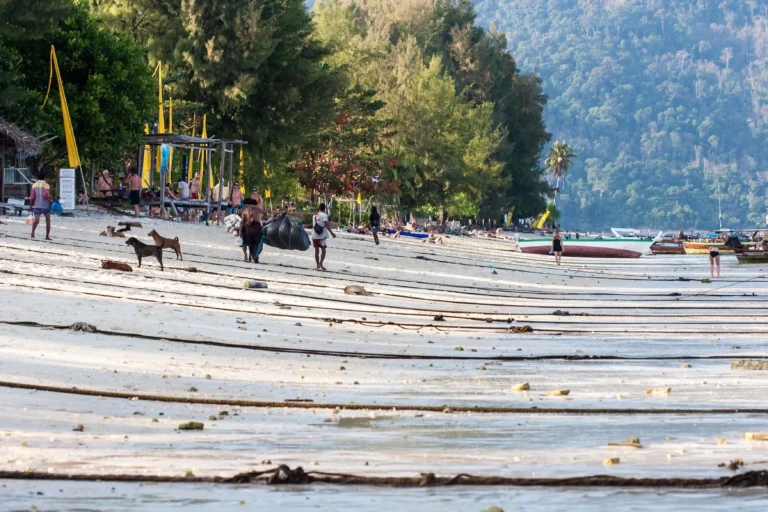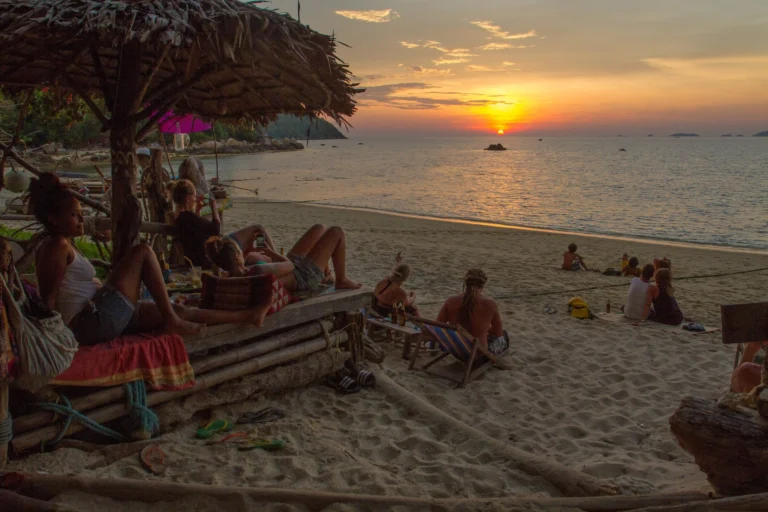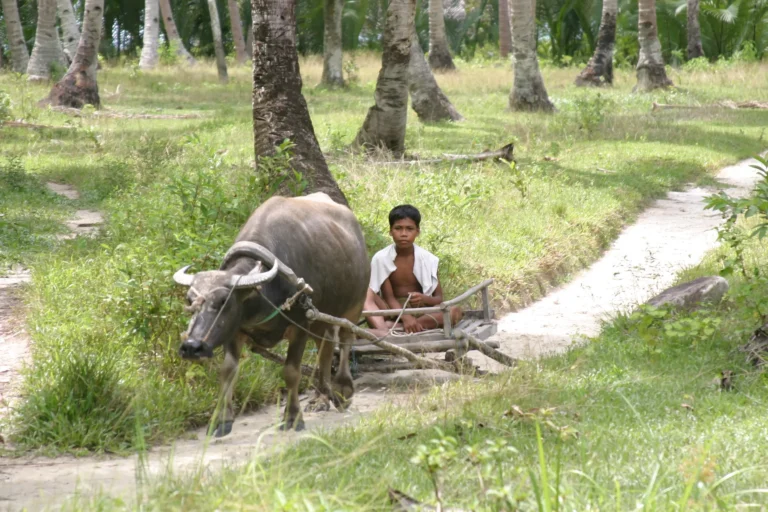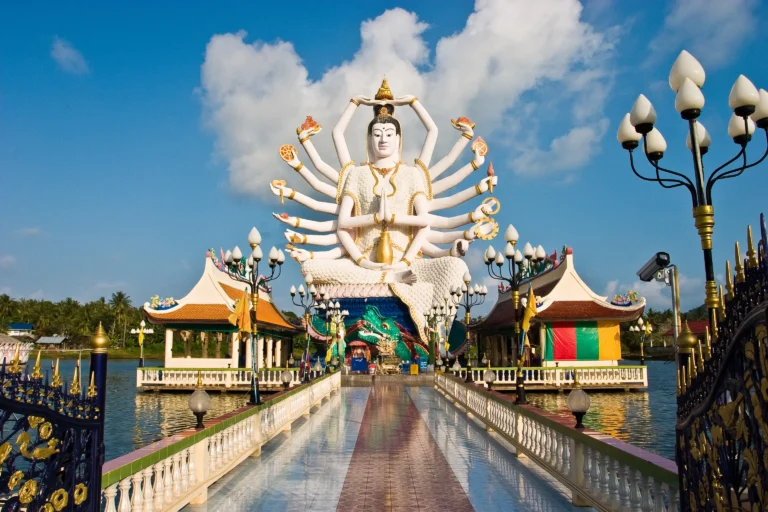Our trip to Hiroshima, 486 km away, took two hours by Shinkansen. This was fast. We had breakfast at Kyoto station (several shops; the last sandwich option is directly before the Shinkansen track). We had breakfast on the train and enjoyed the ride. You can not look outside the window, but you can read the book if it is with you. We used the time on the train primarily for reading.
Our first destination was the Miyajima floating temple. We conveniently got the directions from tourist info before the exit from Hiroshima Station—a JR train ride for 20 minutes. A ferry for 10 minutes across a small bay, and we were on the island of Miyajima. Miyajima is a beautiful island and somewhat different from other places we visited in Japan. First, on the island, there are very few cars. Also, people here walk slower. The deer, on the other hand, are remarkably tame. The first two we saw ate newspapers. Lonely Planet suggested being careful with rail passes.
The most famous spot on the island is Itsukushima-Jinja, the floating shrine. It does not float; it is next to the shore, and when the tide comes in, it looks like it is floating. This shrine is constructed like a pier. The reason for such construction is that commoners were not allowed to set foot on the island and should approach the shrine by boat. The view of the floating torii (a gate to the shrine) is one of the most photographed views in Japan.
We spent most of our time on Miyajima Island just walking around. The markets were full of local goods and oysters. We had a delicious lunch in the oyster restaurant, Yakugaki No Hayashi. Oysters were served raw or baked. We tried the oyster soup and baked oysters. It was a new and pleasant experience. We would suggest visiting the place if you like oysters.
Next, we headed to Hiroshima city center to see the A-bomb dome, the Peace Memorial Park, and the museum. We started with the A-bomb dome, although we would suggest starting with the museum for others. The A-bomb dome was very touching. It brought back the absolute devastation of the entire city. This building was one of the only ones left standing after the bomb hit.
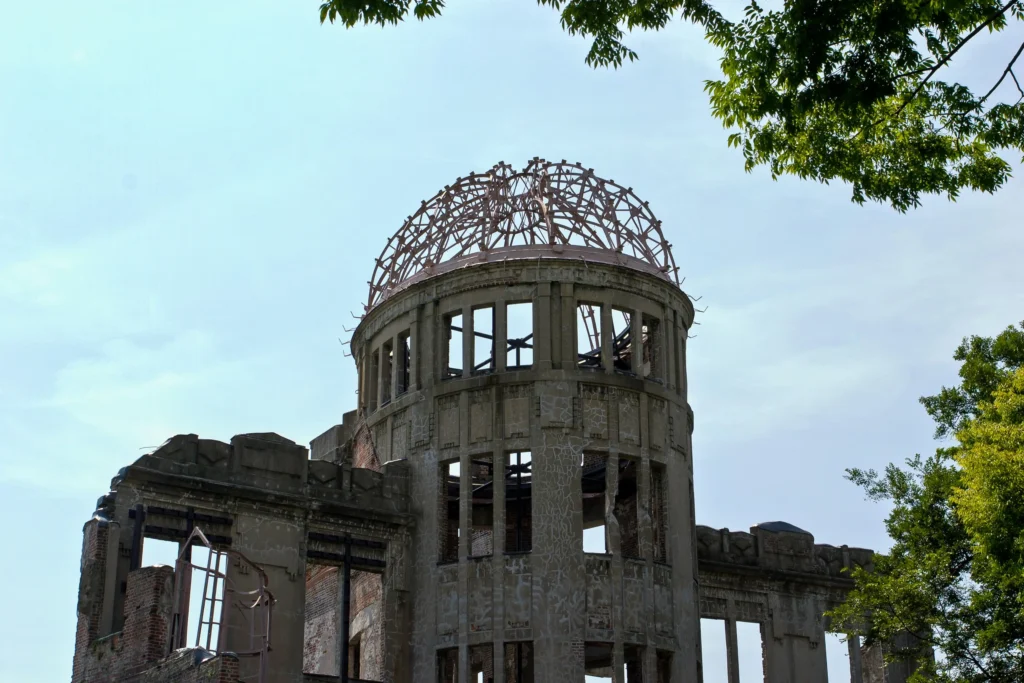
We walked through the Peace Memorial Park. Local school children stopped us to ask ten questions. They seemed to work hard on the project, raising awareness of the atomic bombing. After walking around the A-Bomb Dome, we went to the Children’s Memorial, which was built for the children who died because of the bomb. This is where the paper cranes are hung as a symbol of peace.
And finally, we reached the Peace Memorial Museum. The A-Bomb Museum narrated the preceding events during and after the atomic bombing of Hiroshima on August 6, 1945.
The exhibition was unbelievably touching and made us feel a range of emotions as we moved through it. The museum is incredibly well-balanced in its presentation of the events leading up to and beyond the dropping of the bomb, and our understanding of those events was massively increased. We both felt that any visitor could not help but be moved and appalled by the suffering inflicted on the inhabitants of Hiroshima that day. Looking around as we left, you could see how deeply moved they were on people’s faces, with many red-eyed and close to tears. I couldn’t stop crying so many times.
The museum is well-designed, and I think it should be mandatory for every human being to understand what an atomic bomb, even a small one, means. After going through the museum, you will not understand why people still develop such weapons. Do they plan to use them? This sounds so stupid …
The museum is cheap (50 yen or 0,5 USD) and easily understandable with all the exhibits, videos, maquettes, and readings. We spent almost two hours there. The time went by very quickly. After departing the museum, we walked in silence to clarify our thoughts and feelings. It is hard to call the museum experience a highlight given the subject matter, but if you do nothing else on a visit to Japan, go there!
Related reading:
- Travel to the temple of Himeji, Kyoto
- From Kyoto to Arashiyama. Visiting Kinkakuji Temple
- Nara, the historical capital of Japan; Northern Higashiyama
- Staying in a ryokan in Kyoto and visiting Gion Corner
- Day Three in Tokyo – Senso-Ji Temple and Odaiba
- How to spend three days in Tokyo?
- Day Two in Tokyo – Ginza and Roppongi Hills
- Tips and recommendations for traveling to Japan
- Ohara, a rural glimpse of Japan
